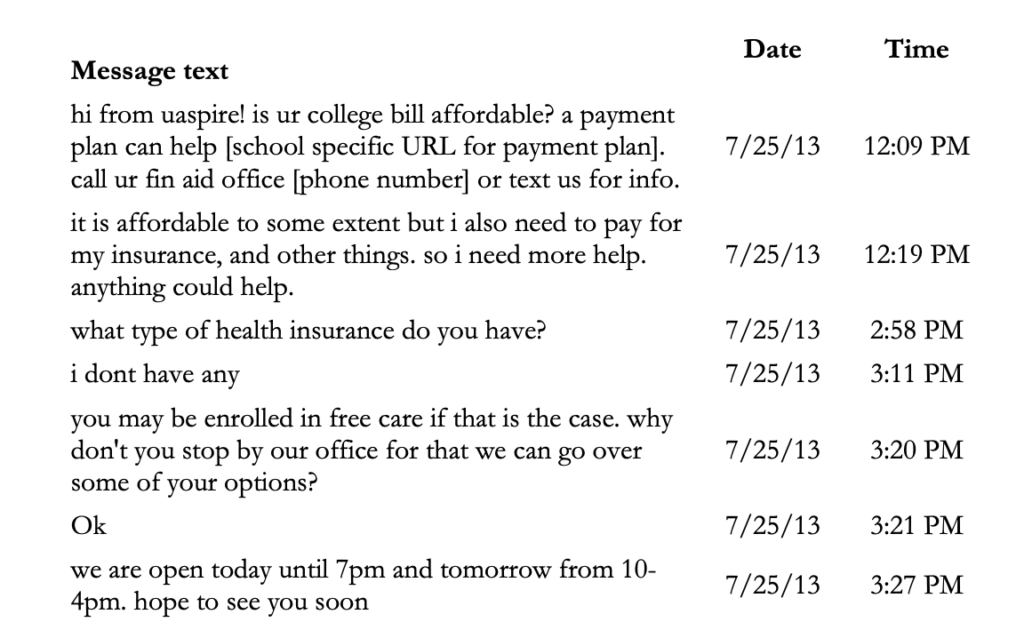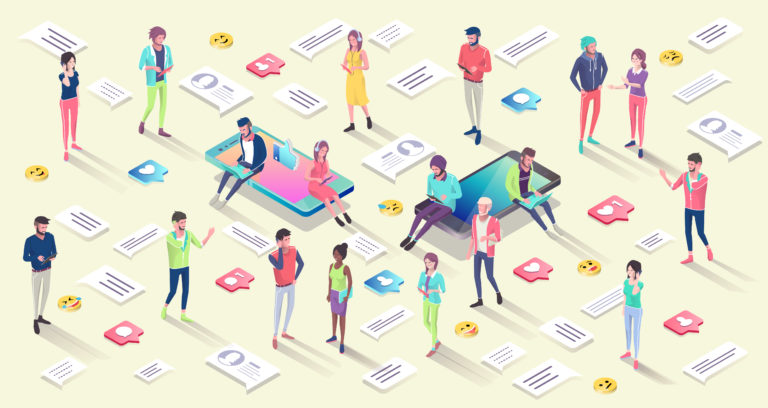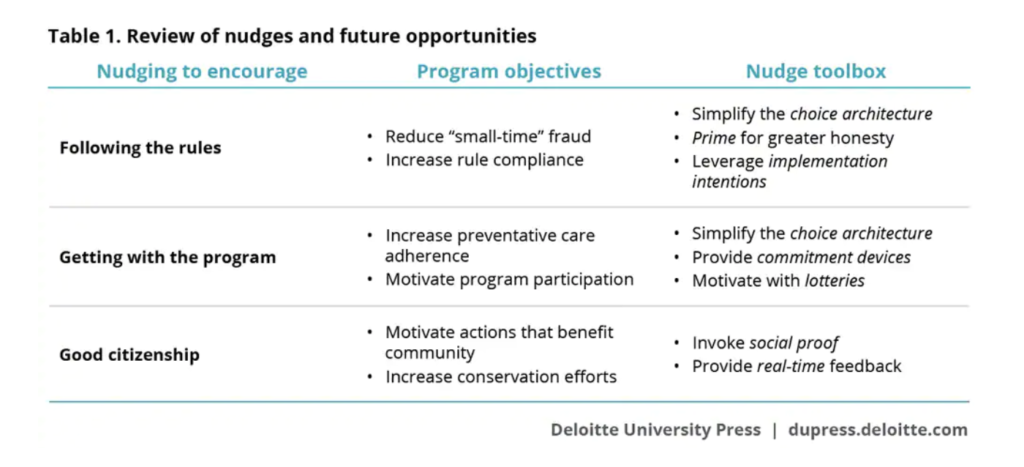Have you ever gotten an electricity bill that compares your consumption of electricity to your neighbors? You look at the bar graphs and see that you consume about 2 terawatt-hours (TWh) more than your neighbors. Feeling bad for consuming so much more energy than your neighbors then prompts you to create a plan to save electricity so the next month your bar graph will be lower than your neighbors. Or have you ever driven down a road slightly above the speed limit to find a posted speed limit sign with a screen calculating your speed in red? Then when you see those flashing red numbers you immediately take your foot off the gas to slow down until that screen is no longer flashing red. These are examples of behavioral economics.
Behavioral economics is a theory coined by Richard Thaler. Thaler states, “Behavioral Economics is the combination of psychology and economics that investigates what happens in markets in which some of the agents display human limitations and complications.” In the above example of a screen flashing red for the driver to slow down, that interaction is called a nudge. This term was popularized by Thaler and Cass Sunstein in their book, Nudge: Improving Decisions about Health, Wealth, and Happiness, a nudge is described as “any small feature of the environment that attracts people’s attention and alters their behavior but does so in a way that doesn’t compel.”
There are two core principles behind the driving force of behavioral economics:
- Recognize that humans do not always behave rationally when making decisions.
In our two examples above, the need to save electricity prompted the utility company to send comparison letters. The need for reducing speeding cause the local law enforcement officers to post speed trackers - Enable people to make better decisions for themselves by changing the context in which they make choices.
Going back to the electricity example above, when the utility customer receives that comparison letter, they are being nudged to reduce electricity consumption. In our driving example, when the screen is flashing red, the driver can choose to slow down if they’ve been nudged to make the safer choice.
How a nudge can be applied to edtech
As the screen-addicted Gen Z reaches the age to attend post-secondary school, two and four-year institutions need to evaluate enrollment  and student success strategies. Our current technology has the ability to distinguish, track, and predict individual behaviors with data analytics and AI. These technological capabilities create a number of opportunities for institutions to focus on key patterns in student behaviors and to nudge accordingly. This enables students to make better choices for themselves. But, you have to make it easy.
and student success strategies. Our current technology has the ability to distinguish, track, and predict individual behaviors with data analytics and AI. These technological capabilities create a number of opportunities for institutions to focus on key patterns in student behaviors and to nudge accordingly. This enables students to make better choices for themselves. But, you have to make it easy.
Gartner defines Nudge Ed Tech as: “…a collection of technologies that work together to achieve timely personalized interaction with students, staff and faculty, such as a just-in-time text (SMS) reminders for class. Technologies used include, but are not limited to, chatbot, texting, algorithmic analytics, machine learning, and conversational AI.”
One example of a successful nudge can be seen in a recent study. In, The Impact of Defaults on Technology Adoption, and Its Underappreciation by Policymakers, by implementing an automatic opt-in in a parent alert system, enrolled parents generated statistically significant improvements in student achievement at low cost:
“We conduct an experiment to understand how enrollment defaults affect the take-up and impact of an education technology. We show that a standard and simplified opt-in process induces low take-up. Automatically enrolling parents increases adoption significantly and improves student achievement. Our surveys show automatic enrollment is uncommon because its impact is underestimated: District leaders overestimate take-up under the standard condition by 38 percentage points and underestimate take-up under automatic enrollment by 31 percentage points. After learning the actual take-up rates, there is a 140% increase in willingness to pay for the technology when shifting implementation to automatic enrollment.”
Another example of an ed-tech nudge is adding automated recommendations within a connected campus portal. Using student data, a business process can send recommendations that impact the student’s current circumstances. For example, if a student’s grade is slipping, an alert can be sent to recommend tutoring services. Offering students one-click access to resources and reaching students using their preferred method of communication t via text message or email notification can prove to be a very powerful nudge.
A third example of nudging can be found in the working paper, Using Text Messaging to Guide Students on the Path to College:
“In this paper, we discuss text messaging as an effective and scalable strategy to provide guidance and support throughout students’ college trajectories. Text messaging offers several advantages as a means of communicating with adolescents. First, texting is the predominant means by which young people communicate; even among the lowest-income families, the considerable majority of students have cell phones, and over 90 percent of mobile users text on a daily basis.”
By sending automated messages to prospective students, this nudge encouraged discussions about financial aid and prompted other questions to ask counselors.
Implementing nudges
Implementing nudges in your business processes might seem daunting. How do you decide which nudge to use and when? According to Richard H. Thaler and Cass R. Sunstein, “people will need nudges for decisions that are difficult and rare, for which they do not get prompt feedback, and when they have trouble translating aspects of the situation into terms that they can easily understand.”
-
- Identify your objective: are you trying to increase rule compliance, motivate program participation or enable good citizenship?
- Choose your nudge: remember to make it easy. Something like a text message reminder can go a long way.
- Test and learn: just as any new initiative, it might not always work on the first try.
Conclusion
While Thaler’s Nudge theory was introduced a decade ago, educational software has been slow to implement nudges to improve student outcomes. Nudge tech is a great example of how to personalize the student experience at a large scale. With an increasingly global digital education system, universities can use nudge tech to differential themselves from the crowd.






